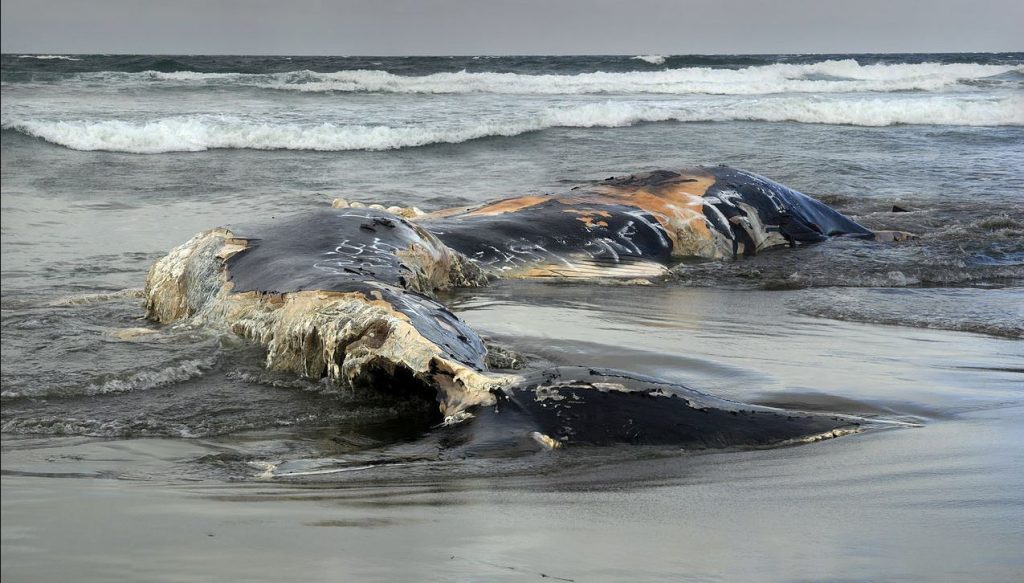
Last year in May, a haunting art installation appeared on the beach in Naic, Cavite, near a Seaside Beach Resort in the Philippines. Trash was collected from the ocean and used to create this 50-foot-long sculpture of a ‘dead whale.’ The project is part of Greenpeace Philippines’ effort to raise public awareness of plastic in the ocean, as well as the fact that the country is listed as one of the top 5 plastic polluters. According to Statista.com, the Philippines ranks third, under China and Indonesia, and just above Vietnam and Sri Lanka, as one of the world’s top plastic polluters.
The installation coined ‘Art Imitating Death’ comes alongside a petition addressed to the ASEAN States. ‘The ocean is filled with 275 million tons of plastics. The cumulative quantity of plastic waste available to enter the ocean from land is predicted to increase by an order of magnitude by 2025 and is projected to outweigh fish in the ocean by 2050,’ the petition explains.
Society’s over-dependence on plastic, specifically single-use plastic, has become so extreme that it’s costing marine animals their lives, starving them to death, and obstructing their digestive systems. One of the biggest problems with single-use plastic is that it has such a short lifespan in our lives compared to its incredibly long lifespan as pollution. It could take someone 20-30 minutes to go through a family-sized bottle of Coke, but it would take decades for the same bottle to break down. According to the Independent UK, a 2016 study revealed that Coca-Cola produces 100 billion plastic bottles a year; that’s 3,400 every second.
Most of that plastic, from the wrapper to the bottle cap, could end up in the ocean and be ingested by marine animals. The problem doesn’t lie solely with the companies pumping out throwaway plastic products, either. Single-use plastic comes from a consumer-driven need for cheap and easy convenience, something that is severely costing us in the long run. With a lack of sustainable alternatives and cut costs, companies don’t feel a need to impose stricter rules or change materials. The only way to change this is to drive a consumer's need for reusable products.
According to Greenpeace Canada, we generate around 3 million tons of plastic pollution a year. Only 10-12 percent of that gets recycled, and most of it is exported to the top 5 plastic polluters. There is so much plastic floating around that most ocean life will ingest it unknowingly, including whales, who suck in large amounts of water to obtain food. Sea turtles are another species at risk, who confuse plastic bags with jellyfish, resulting in choking and starvation.
Another major contributor to plastic pollution is the fact that it has nowhere to go. Even if you recycle your single-use plastic, it will probably still make it into the stomach of a marine animal. That’s because of our lack of waste management as a society: there are currently around 4.9 billion metric tons of plastic waste just sitting in landfills. Industrial ecologist Roland Geyer explains, ‘We’re making enormous quantities of plastic … and we’re not very good at plastic waste management. Around 60 percent of all the plastics we’ve ever made are on the planet somewhere.’
The plastic problem is bigger than just our excessive use of plastic. Our lack of sustainable living and throwaway attitude are costing our oceans, our air, and our food in a seriously lethal way. Unless humans can find a more eco-friendly way to completely discard plastic, we will suffocate this planet.
It’s important that we take into consideration the health of the planet, not just for ourselves and every other species here but also for future generations. Do we want our kids and grandkids slugging through fields of plastic garbage with no end in sight? Most likely not, so we need to start the cleanup now!